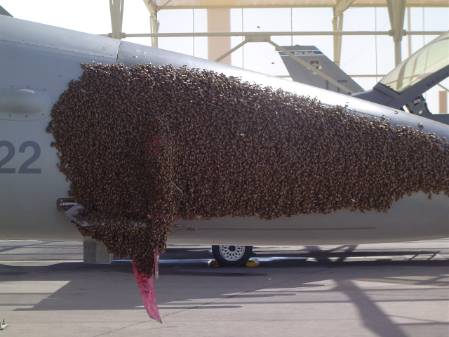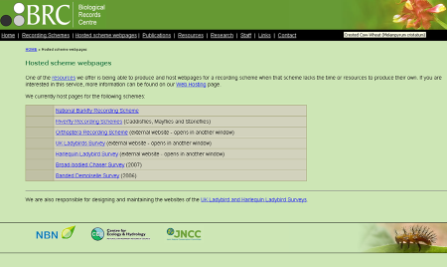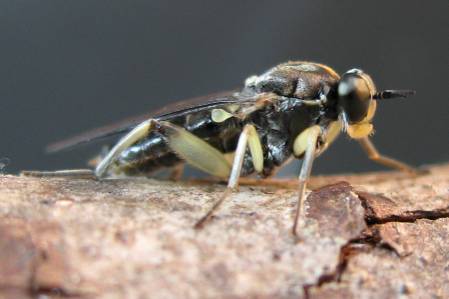Many people, quite rightly, are very concerned about Biodiversity, that is the species richness and abundance of everything on the planet. We go around the world collecting and trying to identify species (not always as easy as you would think!) hoping to answer many questions relating to this topic.
In the UK, we are incredibly fortunate to have a plethora of recording schemes, ranging for my hopeless craneflies that loose their legs at every opportunity, up to birds and mammals, and many other animals, and let’s not forget the plants! These are all really important for us to track the species distributions patterns in the UK and also any changes in indigenous, as well as exotic species.
Picture 1. Here is an axample for the Biological records Centre detailing some of the recording schemes in the UK
This helps us when it comes to conservation of species e.g. is the species locally common or nationally rare? Or both? Large Mammal, Plant and especially Bird recording communities (RSPB, BTO) can work very well with observational records i.e. records where the species being observed do not have to be killed in order to determine correct identification (although some may argue that many species have been misidentified even of the common species). However, when it comes to most of the invertebrates, and here I will specifically talk about the insects, this is not the common case. Many of the characters used to identify insects are often cryptic, how many of you regularly cut up genitalia? These, being internal are very hard to see when a fly is whizzing past your head
Picture 2. Here is the genitalia of a robberfly. Now you have to work out how many spines, what direction they are facing, general external shape etc...
Which brings me to the point of this blog. Recently there was a piece on the NHM website about the identification of a new stratiomyiidae, the drab wood soldier fly, Solva marginata record in the wildlife garden by one of my fellow entomologists, David Notton. There was a piece on the website and this was circulated to the Dipterist community and beyond! There were some comments back, some good, and some bad. ‘Excellent to have this fly turn up in the middle of London but why the anti-collecting comments on the photo?’
This is not the first time people have raised concerns about why you need to kill a specimen. This debate is springing up everywhere, with people arguing now that with the advent of online identification services such as i-spot and the museums own online identification service we don't need to do this! Many of these can be reliable and sometimes exceptionally useful (see my blog piece on the Beeflies).
Picture 3. Here is the Solva marginata. This was taken by Nigel Jones, a great UK Dipterists at Attingham Park, Shrewsbury
However, this is not always the case. Some recent work done for a master’s thesis by Claudia Watts, who is also a committee member for both the London Natural History Society and the British Entomological and Natural History Society found that many of the photographs that had been sent in for identification could not determine what the specimen was or only to a higher taxonomic level than species. Only 60% of the photographs of British aculeate Hymenoptera posted on wildlife social networking sites were able to be identified (the group that she was working on, which includes the bees, wasps and ants). An example that she gives in her thesis is shown here;
She states –‘A male bumblebee Bombus sp. The individual antennal segments can be counted to confirm this as a male, but the bee’s ‘tail’ is not visible, so despite the technical quality of the photograph, the specimen cannot be identified to species’
More and more are becoming concerned that people are relying too much on this form of identification, and not collecting, and therefore not enough specimens are being added to collections for posterity. A colleague and I recently ran an Introduction to Insects course at the NHM (which we will be running again!!) to front of house staff who deal with day to day questions from the public. Some of the more common ones are why do we have to kill specimens, don’t we have enough? The simple answer is no. And there are several reasons why this is the case;
Firstly, it is hard to identify many of the species unless you have the specimen there in front of you. Many of my flies are very small and therefore require looking at under a microscope to ensure correct identification.
Secondly, who is to say that the initial identification was correct? I had a lovely example of this recently where an expert on one group of flies came in to look through the British collection, and was shocked at some of the incorrect identifications. Upon examining the label he was even more amused to find that they were done by him many years previously!
Thirdly, without these specimens that go back many hundreds of years we would not be able to determine if there were any morphological changes (i.e. has the colour changed etc). Classic examples of colour change have been seen with the peppered moth but we also have examples of other changes such as size and patterns. By having specimens to go back to and compare with, we can determine whether these are true changes or not.
People will always be concerned about whether killing specimens will have a detrimental affect on the insect populations - surely if we are trying to maintain and enhance biodiversity the last thing that we want to do is go round removing more of them! Well this is definitely true for many of the vertebrates whose actual population numbers are very low. However, this is not the same with Insects where the population numbers are often enourmous -
This is a photo from an F-16 aircraft at Luke AFB showing a honey bee swarm...quite a fantastic photo.
Credit - MSgt Todd E. Enderle, 309 AMU/MXACW, 13 Oct 2005, submitted by Wayne Fordham, HQ AFCESA/CESM, Tyndall AFB, FL.
Now even if a hundred are killed you are not even scratching the surface. In a paper by Stuart ball and Roger Morris http://www.bacoastal.co.uk/Entomology/2004-Mark-release.pdf - they described a mark-release recapture experiment with hoverflies, which enables you to work out the true population numbers and found that they were sampling approximately 16% of the population - they simply were not reaching all of the population! Needless killing of individuals is wrong, but when it is to answer questions that are essential in understanding biodiversity, species interactions and population change linking into amongst other things global warning, then it is a vital component of scientific study.





